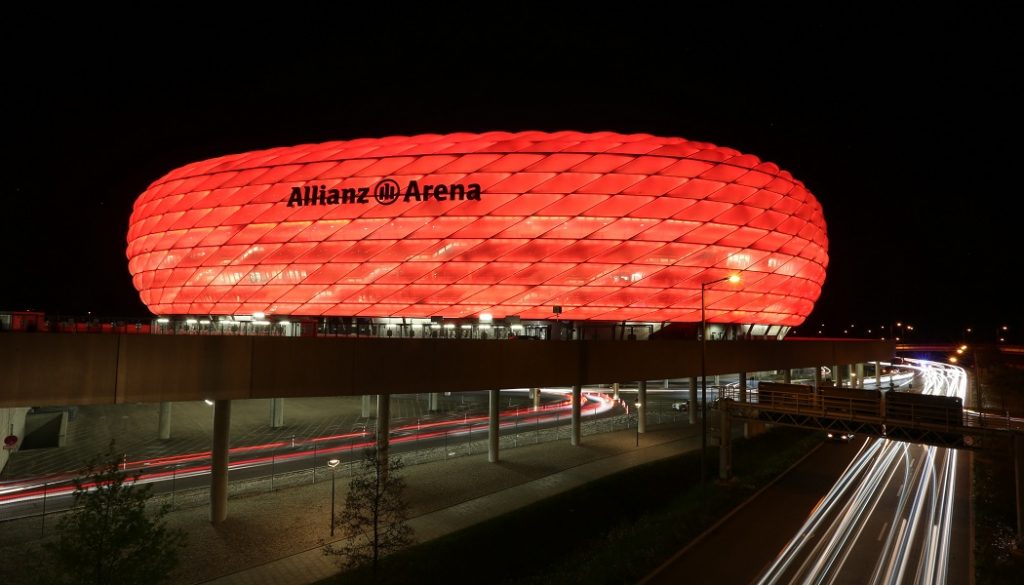Sport must not forget its roots as digital revolution takes centre stage in new stadia
June 23, 2017
The ‘fields of dreams’ where the sports we love are hosted have undergone significant changes during my 20 years in the sector.
The landscape has quite literally been transformed, with unprecedented sums of money ploughed into a slew of sports infrastructure projects, ranging from stunning new venues to massive enhancements to existing ones.
The last 20 years have seen the birth of many of the most iconic of stadia – from the Allianz Arena in Munich to the new Wembley stadium, plus extraordinary baseball and American football venues in New York.
Such changes have also reflected geopolitics, with the BRIC countries and others in the Middle East and former Soviet bloc showing off their new-found confidence through eye-catching and financially eye-popping investments in sports structures.

There is much to celebrate in all of this. New facilities have provided the catalyst for cities to reinvent themselves.
I was lucky enough to work on the Commonwealth Games in 2014, for example, which showcased a modern and vibrant city through new venues such as the SSE Hydro. This has created jobs, as the venues have become sustainable homes for a pipeline of sporting and non-sporting events.
The fan experience is almost unrecognisable. Electronic entry to stadia is quicker, there are often more and better concessions, improved safety and of course, that staple of the stadium experience, more and better toilet facilities.
She’s progressing well, our #SpursNewStadium. #COYS pic.twitter.com/AvnkUjD6Wi
— Tottenham Hotspur (@Spurs_MAS) June 20, 2017
The digital revolution has also come to the fore, suffusing the experience of attending a live sports event before, during and after.
And yet it has not all been good news. Some older fans feel that the atmosphere in venues has been compromised with the switch from historic old stadia to glistening new ones.
Why Europe’s soccer clubs are facing a balancing act between paid for and free TV content
Seizing the Fan Data Opportunity with Umbel’s Mike Malo
There are still far too many white elephant sport projects. And the enhanced fan experience has not come for free, with many complaining that poorer fans have been priced out of watching the sports they love, leading to wealthier, quieter crowds.
Looking to the future of sporting venues, I would make two observations. First, that change is inevitable, and sports stadia are likely to be at the vanguard of technological change, both in their construction and in particular through the impact of the digital revolution.

Sports fans are evermore likely to consume live sport not just through their own eyes and ears but also through the filter of the technology and devices they embrace.
Secondly, I am struck by the fact that for all of the innovation, the key ingredients that have always made live sport so compelling have not really changed. The sense of community and belonging, the unpredictability and the drama – these remain at the heart of the experience.
If we can embrace change but hold on to the essence of what makes live sport great, the future is bright.
By Adam Paker
Do you want to share your views on sports stadia? Head over to our Community page to join the discussion!


